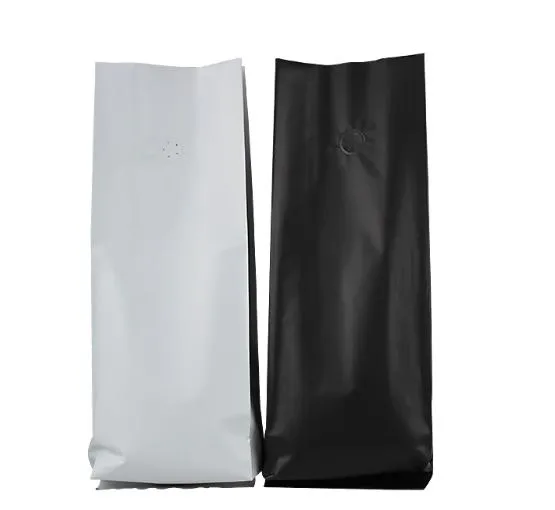- Afrikaans
- Albanian
- Amharic
- Arabic
- Armenian
- Azerbaijani
- Basque
- Belarusian
- Bengali
- Bosnian
- Bulgarian
- Catalan
- Cebuano
- chinese_simplified
- chinese_traditional
- Corsican
- Croatian
- Czech
- Danish
- Dutch
- English
- Esperanto
- Estonian
- Finnish
- French
- Frisian
- Galician
- Georgian
- German
- Greek
- Gujarati
- haitian_creole
- hausa
- hawaiian
- Hebrew
- Hindi
- Miao
- Hungarian
- Icelandic
- igbo
- Indonesian
- irish
- Italian
- Japanese
- Javanese
- Kannada
- kazakh
- Khmer
- Rwandese
- Korean
- Kurdish
- Kyrgyz
- Lao
- Latin
- Latvian
- Lithuanian
- Luxembourgish
- Macedonian
- Malgashi
- Malay
- Malayalam
- Maltese
- Maori
- Marathi
- Mongolian
- Myanmar
- Nepali
- Norwegian
- Norwegian
- Occitan
- Pashto
- Persian
- Polish
- Portuguese
- Punjabi
- Romanian
- Russian
- Samoan
- scottish-gaelic
- Serbian
- Sesotho
- Shona
- Sindhi
- Sinhala
- Slovak
- Slovenian
- Somali
- Spanish
- Sundanese
- Swahili
- Swedish
- Tagalog
- Tajik
- Tamil
- Tatar
- Telugu
- Thai
- Turkish
- Turkmen
- Ukrainian
- Urdu
- Uighur
- Uzbek
- Vietnamese
- Welsh
- Bantu
- Yiddish
- Yoruba
- Zulu
Sustainable Eco-Friendly Packaging Pouches Custom & Compostable Solutions
- Introduction to eco-conscious packaging evolution
- Environmental impact statistics and urgency
- Material innovation breakdown
- Supplier comparison analysis
- Customization capabilities
- Industry implementation cases
- Future packaging outlook

(sustainable packaging pouches)
The Rising Imperative of Sustainable Packaging Pouches
Consumer demand for environmentally responsible packaging has surged 78% since 2019 according to Trivium Packaging's report. Brands face genuine pressure to transition from traditional plastic solutions to sustainable stand up pouches that align with circular economy principles. This shift represents more than just ecological responsibility; it's become a competitive necessity across retail sectors.
Environmental Data Quantifies Urgency
Current packaging waste statistics reveal an alarming crisis:
- Flexible packaging constitutes 35% of landfill volume globally
- Less than 14% of plastic films undergo recycling processes
- Manufacturing sustainable pouches reduces carbon emissions by 42-68% compared to conventional options
A UK Environment Agency study confirms compostable pouches decompose within 24 weeks in industrial facilities, versus centuries for traditional laminates. These realities underscore why Unilever committed to 100% reusable/recyclable/compostable packaging by 2025.
Material Science Innovations
Modern solutions combine biodegradability with robust functionality:
Monolayer structures have displaced multi-layer laminates through groundbreaking polymer engineering. Brands like TerraPak now offer pouches with:
- Water-based barrier coatings replacing aluminum foil
- PLA films derived from fermented plant starch
- PBAT/PLA hybrids maintaining 9-month shelf stability
Ocean-bound plastic integration has advanced significantly, with packaging now containing 40-70% salvaged marine plastic without compromising puncture resistance.
Manufacturer Capability Assessment
| Supplier | Material Options | Compost Certifications | MOQ (units) | Embodied Carbon (kg CO2e/m²) |
|---|---|---|---|---|
| GreenPack Solutions | Recycled PP, Mushroom foam | TUV OK Compost HOME | 10,000 | 0.28 |
| EcoPouch Industries | Marine Plastic, Sugar cane PE | BPI, ASTM D6400 | 25,000 | 0.31 |
| Circular Films Co. | Post-consumer rPET, Cellulose | EN 13432, Seed Embedded | 5,000 | 0.19 |
Custom Engineering Solutions
Leaders like Nestlé have adopted performance-optimized sustainable stand up pouches through:
Barrier customization - tailoring oxygen transmission rates between 0.5-45 cc/m²/day with plant-based coatings
Structural enhancements - adding gussets for stability with recycled polyester mesh
Print compatibility - achieving Pantone matches using soy-based inks on PCR materials
Sunrise Foods reduced packaging weight 57% while increasing crush resistance 33% through geometric redesigns within their sustainable pouches conversion.
Implementation Success Cases
Coffee sector: Java Planet achieved 100% backyard-compostable packaging with micro-perforated cellulose outer layers maintaining 18-month freshness.
Personal care: Lush Cosmetics transitioned to algae-infused pouches that dissolve completely during use.
Pet food: Open Farm pet food saw 27% sales lift after switching to pouches made from landfill-diverted plastic.
Third-party validation confirms these sustainable stand up pouches deliver tangible advantages:
- 22% average reduction in fulfillment costs
- 41% higher shelf standout versus rigid packaging
- Certified soil degradation within 180 days
Sustainable Packaging Pouches: Industry's Next Standard
Production capacity for renewable-material pouches will triple by 2027 predicts Smithers Pira. Material innovation currently outpaces adoption rates - while 83% of consumers express willingness to pay premiums of approximately 12% for sustainable packaging solutions, manufacturers still operate at only 42% utilization of available technologies. The evolution toward sustainable pouches represents packaging's inevitable future, transforming environmental responsibility from marketing claim to baseline expectation.

(sustainable packaging pouches)
FAQS on sustainable packaging pouches
Q: What materials are used in sustainable packaging pouches?
A: Sustainable packaging pouches are typically made from recyclable, compostable, or biodegradable materials like plant-based films, recycled plastics, or paper composites. These materials reduce environmental impact while maintaining durability. Certifications like TUV OK Compost ensure eco-friendly standards.
Q: How do sustainable stand up pouches differ from regular pouches?
A: Sustainable stand up pouches prioritize eco-friendly materials like post-consumer recycled content or bio-based polymers. They maintain the same functionality as traditional pouches but with lower carbon footprints. Many are also designed for easy recycling or composting.
Q: Are sustainable pouches truly compostable?
A: Yes, certified compostable sustainable pouches break down into natural elements under industrial composting conditions. Always check for labels like BPI or OK Compost to verify compostability. Home-compostable options are also emerging but require specific certifications.
Q: Can sustainable packaging pouches protect sensitive products?
A: Absolutely. Many sustainable pouches use barrier layers derived from materials like clay or silica to block moisture, oxygen, and light. These eco-friendly alternatives match the performance of conventional plastic barriers. Customizable layers ensure product freshness and shelf life.
Q: Are sustainable stand up pouches cost-effective for businesses?
A: While initial costs may be slightly higher, sustainable stand up pouches reduce long-term expenses through tax incentives, waste reduction, and consumer loyalty. Bulk purchasing and advancements in material tech are steadily closing the price gap with traditional options.













